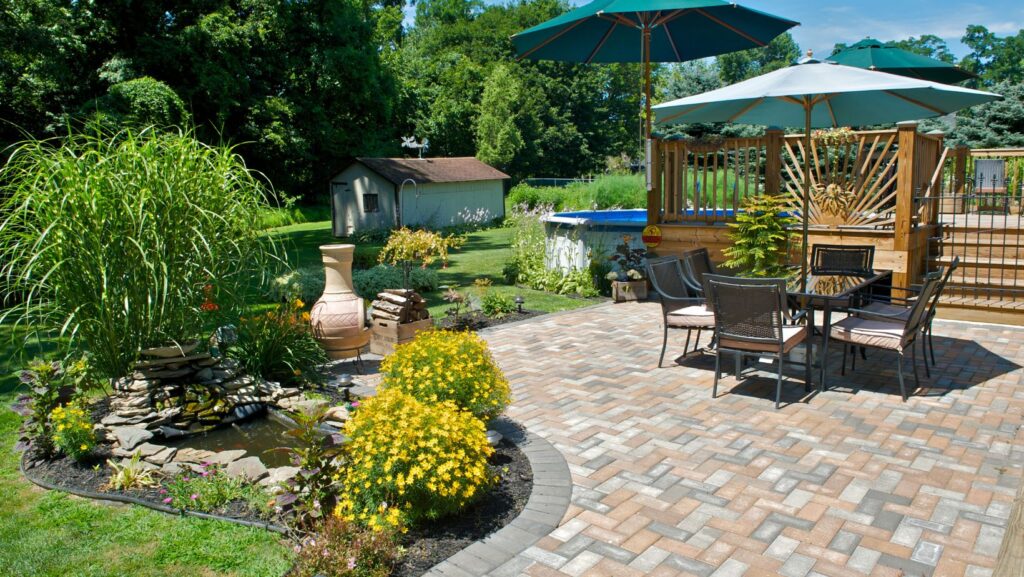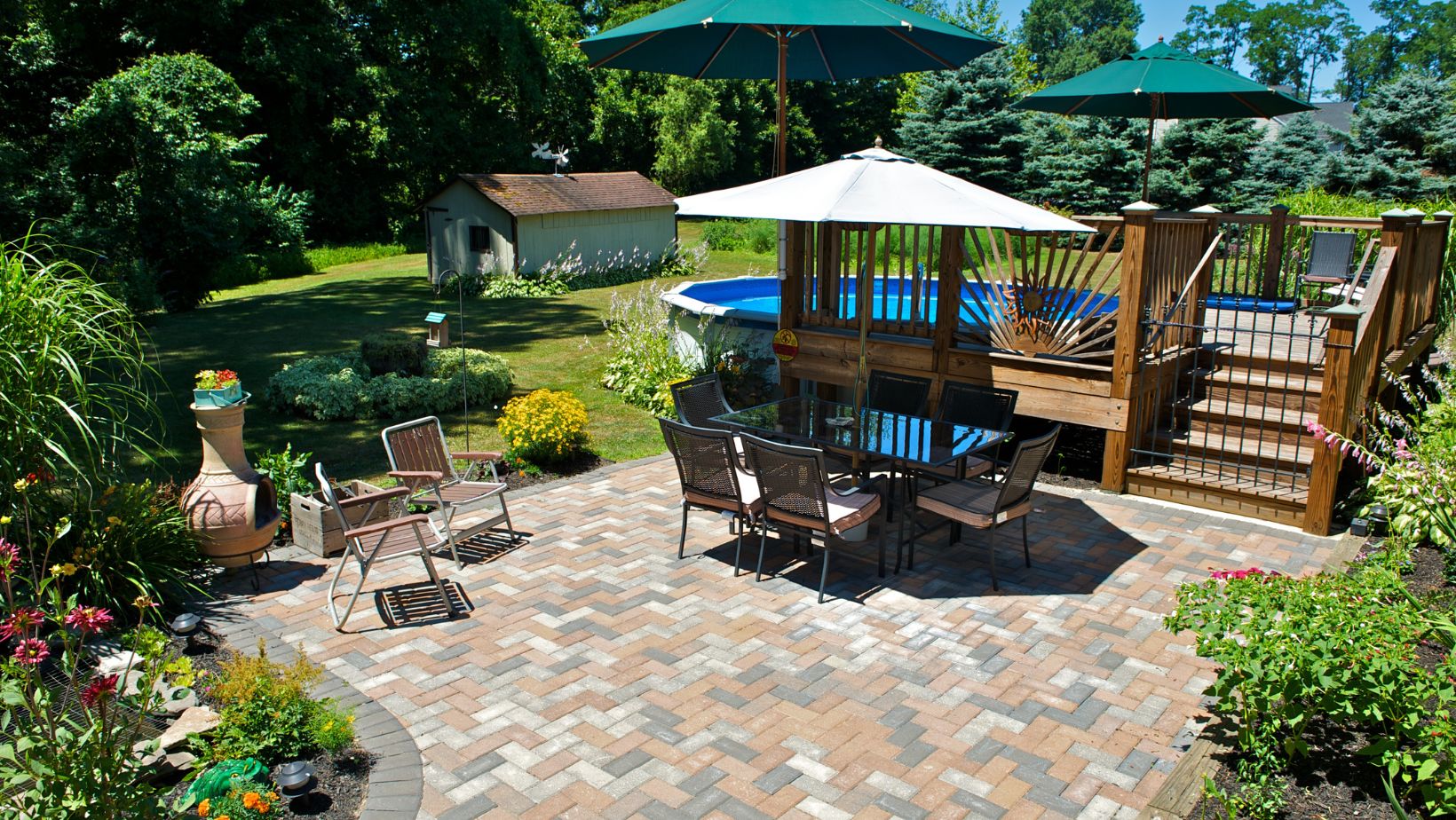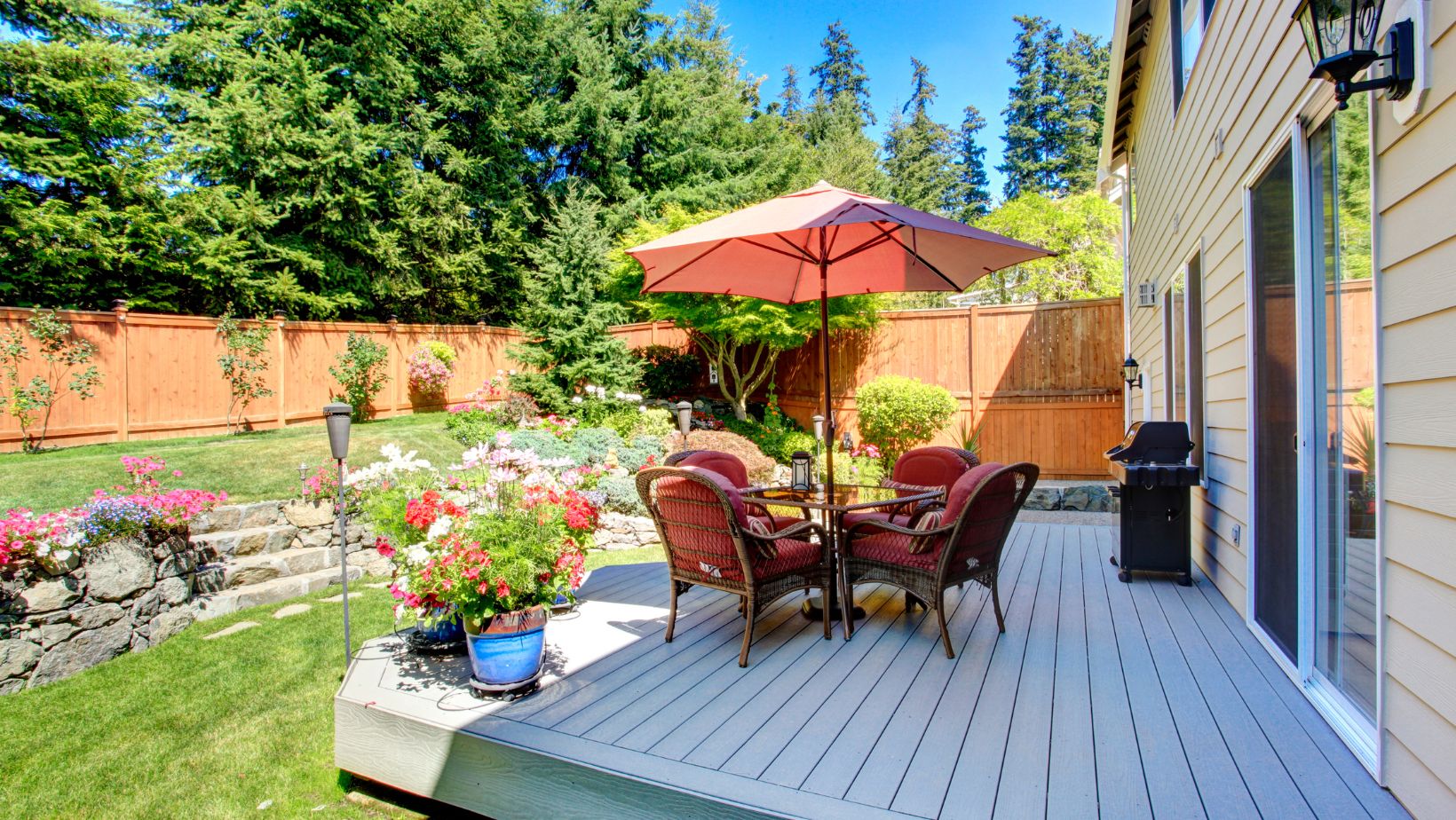
The right shade solution can completely transform your outdoor space. An outdoor umbrella doesn’t just shield you from the sun-it also adds style and comfort to your patio, garden, or deck. But with so many options out there, picking the perfect one can feel overwhelming.
Do you want a relaxed poolside retreat or a stylish dining setup? Understanding your needs will make choosing the right umbrella much easier. Let’s dive in!
Assessing Your Space
Before exploring different types of outdoor umbrellas, take a look at your space. Think about the size, location, and how you plan to use it. Consider the following:
- Space size and location
- Shade amount needed
- Fixed or movable option
- Dining, lounging, or poolside
- Local weather conditions
Considering these factors will help you find the best umbrella for your needs.
Choosing the Right Size Outdoor Umbrella
Size is a crucial factor when selecting an outdoor umbrella. A small umbrella may leave larger areas exposed to the sun, while one that is too large can overpower your space.
As a general rule of thumb, look for umbrellas that provide at least 30 inches of coverage per person at a dining table. For lounging areas, consider an umbrella that can fully shade your seating arrangement. Typical sizes include:
Patio Umbrellas
Patio umbrellas typically range from 6 to 11 feet in diameter, making them ideal for outdoor dining or lounging areas. They provide ample shade for patios, decks, and gardens, enhancing both comfort and style. These umbrellas often come with sturdy bases and durable fabrics to withstand outdoor conditions.
Market Umbrellas
Market umbrellas are most commonly found in sizes between 7.5 and 9 feet, offering a balanced mix of shade and portability. They are popular for outdoor cafés, backyard patios, and garden seating areas. Their classic design and sturdy construction make them a stylish and practical choice.
Beach Umbrellas
Beach umbrellas usually range from 6 to 8 feet and are designed for easy transport. They are lightweight and often come with sand anchors to stay secure in breezy conditions. Their compact size makes them perfect for providing quick, portable shade on sunny beach days.
Material Matters
Materials play a significant role in durability, aesthetics, and functionality. The frame of the outdoor umbrella can be made of aluminum, wood, or fiberglass.
Aluminum frames are lightweight and resistant to rust, making them ideal for outdoor use. On the other hand, wood offers classic charm but may require more maintenance to ensure longevity.

The umbrella canopy materials should also be taken into account. Look for fabrics that offer UV protection and are water resistant.
Polyester and acrylic materials are common choices due to their durability and range of colors. A high-quality canopy will retain its color and keep its structural integrity in the face of rain or strong sun.
Types of Outdoor Umbrellas
There are various types of outdoor umbrellas to consider, each serving a specific purpose and style preference.
Cantilever Umbrellas
These umbrellas have a side pole, so they don’t get in the way of tables or seating. They are easy to move and adjust as the sun shifts throughout the day. This makes them perfect for dining areas, patios, or lounge spaces.
Center-Pole Umbrellas
These classic umbrellas have a sturdy pole in the center and come in many sizes. They are simple to set up and provide reliable shade for outdoor tables. You’ll often see them in backyards, cafés, and restaurant patios.
Beach Umbrellas
Lightweight and portable, beach umbrellas are designed for easy transport. Many come with sand anchors to keep them stable on windy shores. Their bright colors and UV protection make them great for relaxing under the sun.
Patio Umbrellas
Perfect for homes or businesses, patio umbrellas provide shade and comfort outdoors. They come in different styles and materials to match any space. For a durable and stylish option, consider commercial-grade Shademaker umbrellas.
Functionality Features
When selecting an outdoor umbrella, consider the functional features that might enhance your experience. This can include:
Adjustability
Tilting umbrellas help block the sun from different angles. This keeps you shaded as the sun moves. A simple tilt mechanism makes adjusting easy.
Base Weight
A heavy base keeps the umbrella stable. This helps prevent tipping, especially on windy days. The right weight depends on the umbrella’s size.
Wind Vent
A vented canopy lets air pass through. This reduces the chance of the umbrella flipping in strong winds. It also helps improve overall stability.
Easy Set-Up
Some umbrellas have quick-release features. These make opening and closing simple. This is great for easy use and storage.
Maintenance Tips
Proper maintenance is essential for ensuring the longevity of your outdoor umbrella. Regular cleaning will prevent mold and mildew, particularly on canopies. Here are some easy maintenance tips:
Frame Maintenance
Wipe the umbrella frame regularly with a damp cloth to remove dust and dirt. This helps prevent buildup that can lead to wear over time.
For tougher spots, use mild soap and water, then dry the frame thoroughly. Keeping it clean will help extend its lifespan.
Canopy Cleaning
Use a mild soap solution to clean the canopy and avoid harsh chemicals that may damage the fabric. Gently scrub with a soft brush or cloth to remove stains and dirt.
Rinse thoroughly with water and let it air dry completely. Regular cleaning helps keep the canopy looking fresh.
Proper Storage
Store the umbrella in a dry place during off-season to prevent mold and mildew. Leaving it exposed to moisture for long periods can weaken the fabric and frame.
If possible, keep it in a garage, shed, or covered patio. Storing it properly will help maintain its durability.
Extra Protection
Consider using a protective cover when the umbrella is not in use. A cover shields it from dust, dirt, and harsh weather conditions.
This is especially useful for long-term storage or when the umbrella stays outside. A good cover can add years to its life.
Choose the Perfect Outdoor Umbrella with this Guide
Choosing the right outdoor umbrella means thinking about size, material, type, and function. The best choice will give you shade while also making your space look better. From stylish cantilever designs to strong commercial-grade Shademaker umbrellas, there’s something for every need. Regular maintenance will help keep your umbrella looking great and working well for years.

Want to improve your outdoor space? Find an umbrella that adds shade and turns your area into a relaxing retreat.
Is this article helpful? Keep reading our blog for more.







